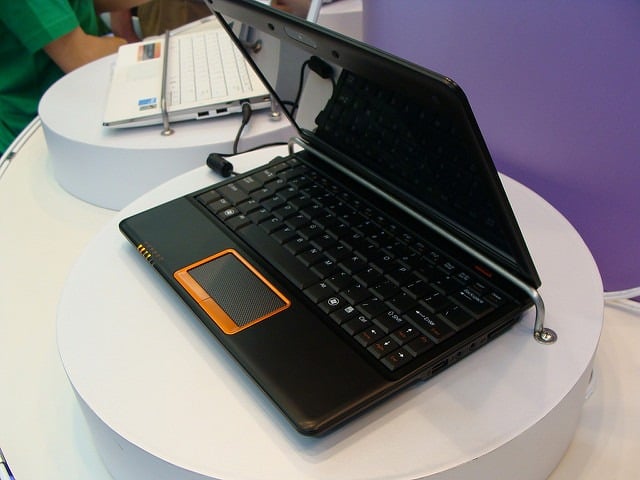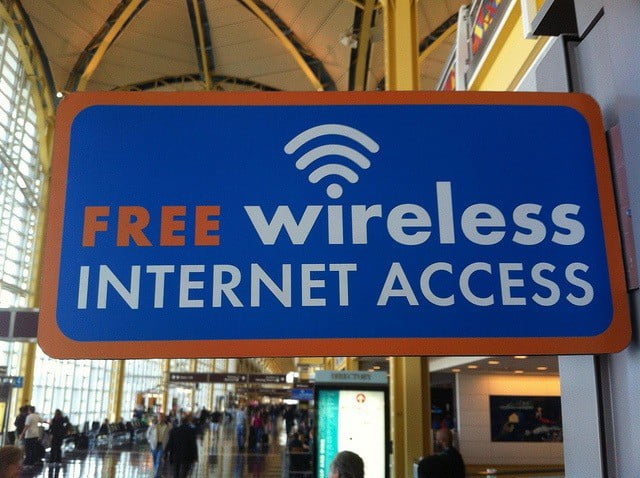While smartphones have been getting smarter year after year, the mobile networks that service them haven’t been. Mobile device users have been dealing with slow speeds and service that drops in busy areas or during peak times. The result is networks that businesses can’t rely on and that regular customers are fed up with paying for, only to not be able to use them when they are needed the most.
Luckily, a solution is finally on its way. Fifth-generation technology is set to revolutionize the way that we see mobile service. Keep reading to learn why it’s time for a change, how 5G is setting itself apart from old wireless technology and when you might be able to start using it.
Why Current Wireless Solutions Aren’t Cutting It
When 4G first emerged, it was touted as the solution to the slow speeds of 3G. With a bandwidth of just 3mbps, the 3G technology that rolled out in 2004 and 2005 quickly proved inadequate for the demands of newly developed smartphones. Especially in busy cities, users experienced severely lagging speeds that made it difficult to enjoy the features of their new mobile devices. By 2006, 4G was already coming into existence, bringing faster service that made it possible for users to utilize central mobile features, even in busy areas or during peak times.
But while 4G revolutionized what mobile devices could do, satisfaction with this new technology wouldn’t last for long. As smartphone and tablet tech advances and more people begin to utilize devices multiple times a day, speed has become a serious issue. True 4G service would allow users to download a 700MB video in 9 seconds. While 4G is often advertised at reaching speeds of up to 100mbps, the reality is that most users only experience speeds up to 50mbps.

What is the Future of Wireless?
With wireless users getting fed up with incredibly slow, unreliable speeds, the future of wireless can’t come soon enough. Luckily, it’s well on its way with 5G. Fifth-generation wireless is the latest advancement in wireless broadband coverage. Promising speeds of up to 20Gbps, 5G will be faster than even wireline service as well as a latency of 1ms or lower.
Besides faster speeds, 5G coverage will also be more flexible. For example, mobile operators will soon be able to splice their networks to create several networks within a single 5G network. Businesses will be better able to count on steady speeds to create reliable virtual networks and host sensitive applications without worrying about them going offline.
How 5G Will Work
The 5G service will be here sooner than you might expect, in part because it doesn’t require the same level of infrastructure as previous technology. Where 4G required large, high-power cell towers, 5G will require smaller cell stations that are positioned on the roofs of buildings or even light poles.
A larger number of these small cells is necessary to transmit the millimeter wave spectrum that 5G relies on because these waves can’t travel over great distances. These waves are susceptible to interferences from buildings or even weather, so more of them will be necessary to keep high speeds and reliability strong for networks.
When 5G Will Become Available
At this time, 5G is still in the development stage, but it will go into testing and deployment as early as 2019. Once use cases and initial testing is complete, early forms of 5G, which will rely on and boost current 4G LTE tech, will become available soon after.
While 5G has been just a dream of mobile users everywhere for years, it’s only a matter of time before you’ll get to start enjoying faster, more reliable service on your own devices.


